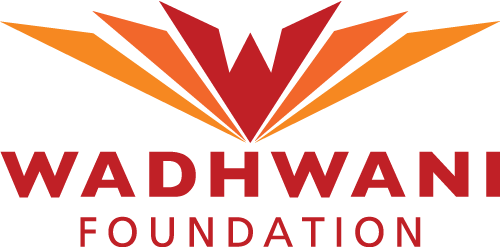India’s vision for government digital transformation has never been more ambitious. From national platforms like PM Gati Shakti to citizen-facing services under Digital India, the government is rapidly reimagining how public services are delivered. Yet, a key group — the mid-level bureaucracy — will determine whether these initiatives succeed or stall.
Directors, Deputy Secretaries, District Magistrates: these officers sit at the critical junction between policymaking and execution. Their ability to translate digital governance initiatives from strategy to real-world impact will define the success of India’s public sector modernization efforts.
Understanding the Gap: Why Skilling Mid-Level Bureaucrats Is Essential
Historically, structured skilling programs in the civil services were geared towards senior leadership and new entrants, as acknowledged in multiple evaluations of India’s capacity-building frameworks
Mid-career officials often relied on experience rather than formal, targeted learning to adapt to changing governance demands.
Recognizing this gap, initiatives like Mission Karmayogi have introduced competency-based learning across hierarchies. The shift towards democratized digital skilling for government employees aims to equip every officer, regardless of seniority, with future-ready skills.
However, systemic adoption and role-specific upskilling, particularly at the mid-level, remain areas where sustained momentum is essential.
Skills That Will Shape the Future of Governance
For mid-level officers, bridging the old and new models of public administration requires a new portfolio of capabilities:
| Skill Area | Relevance to Public Services |
| Data-Driven Decision-Making | Using real-time analytics for program evaluation |
| Digital Platform Management | Operating citizen service portals and dashboards |
| Cybersecurity Fundamentals | Protecting sensitive public data |
| Cloud-Based Systems Oversight | Enabling seamless inter-departmental coordination |
| Innovation and Change Management | Driving service improvements with an entrepreneurial mindset |
Embedding technology in public services is no longer optional. It defines speed, transparency, and citizen trust. For officers seeking broader leadership models, building an entrepreneurial mindset in government employees is increasingly seen as vital to public sector innovation.
Why This Moment Demands Urgent Action
India’s move towards e-governance training programs is timely, but the speed of digital change requires a stronger, more structured push.
Without a digitally confident mid-layer:
- Project execution timelines lengthen
- Citizen grievance redressal slows
- Data-driven policymaking remains underutilized
- Public trust in digital governance erodes
The global experience is instructive. Estonia’s entire civil service was trained to deliver digital-first public services, helping it achieve near-complete digitalization across ministries.
India has the scale. What it needs now is a similarly determined focus on building digital capacity, especially at mid-level operational leadership.
Building a Future-Ready Mid-Level Bureaucracy
Wadhwani Foundation’s experience in supporting government skilling programs reveals five strategic priorities:
- Customized Skilling Programs: Tailored to specific departmental needs
- Microlearning Pathways: Flexible, modular learning for busy officials
- Peer-Led Digital Champions: Identifying mid-level officers as mentors
- Integrated Learning Platforms: Expanding reach via platforms like iGOT Karmayogi
- Career Incentives for Skilling: Linking digital competency to promotions
Skilling must no longer be seen as auxiliary. It must become a core expectation and opportunity for every mid-career official aiming to lead in the digital era.
Frequently Asked Questions
Why is upskilling mid-level bureaucracy crucial for digital governance?
Mid-level officers directly implement policy at operational levels. Without digital skills, execution delays increase, affecting public service delivery and citizen trust.
What challenges do civil servants face in adopting digital tools?
Common hurdles include lack of role-specific training, fear of change, time constraints, and limited institutional incentives for continuous learning.
How can governments encourage more digital skilling among bureaucrats?
By integrating digital competency into career progression frameworks, offering accessible microlearning modules, and recognizing officers who pioneer technology adoption within departments.
The Road to Scalable Digital Governance Starts Here
India’s government digital transformation journey will be shaped not just by technology, but by the people who deliver it every day.
Upskilling mid-level bureaucracy is the bridge between innovation and impact. Strengthening this bridge must be a national priority.



